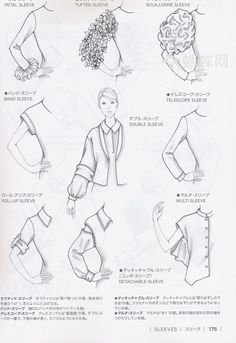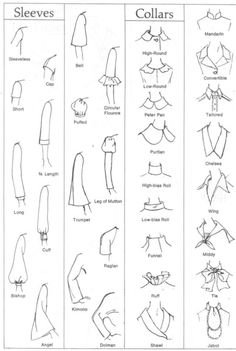How to do Drafting and Draw Pattern
Drafting and pattern drawing are fundamental skills in various fields such as fashion design, architecture, engineering, and crafts. These skills involve translating ideas or designs into technical drawings and templates that serve as blueprints for creating physical objects or structures. Whether you’re creating clothing patterns, architectural plans, or intricate crafts, mastering drafting and pattern drawing requires precision, creativity, and attention to detail.
Understanding Drafting

Drafting is the process of creating technical drawings that communicate the specifications and details of an object or design. It involves using standard symbols, lines, and annotations to represent the dimensions, materials, and assembly instructions of the final product. Here are key aspects to consider when learning drafting:
- Tools and Materials:
- Drawing Instruments: Basic tools include pencils, rulers, compasses, and protractors for accurate measurements and drawing arcs or circles.
- Drafting Paper: Use grid or graph paper to maintain proportion and alignment, or specialized drafting paper for more precise work.
- Templates and Stencils: These aid in drawing standard shapes and symbols consistently.
- Basic Principles:
- Scale: Draw objects to scale using appropriate measurements (e.g., 1:10 or 1:100).
- Projection: Use orthographic projection (front, top, side views) or perspective projection depending on the purpose.
- Dimensioning: Clearly annotate dimensions using standard conventions (e.g., arrows, numerical values).
- Techniques:
- Line Types: Differentiate between construction lines, object lines (visible outlines), hidden lines (for internal features), and centerlines (to mark symmetry or axes).
- Lettering and Notation: Label parts, dimensions, and annotations legibly and consistently.
- Cross-Sectional Views: Illustrate internal features or assemblies through sectional views.
- Software Tools:
- CAD (Computer-Aided Design): Utilize software like AutoCAD, SolidWorks, or SketchUp for precise digital drafting and 3D modeling.
- Graphic Design Software: Programs like Adobe Illustrator or CorelDRAW are useful for creating vector-based technical illustrations.
Drawing Patterns

Patterns are templates or guides used in crafting and garment making to cut fabric or materials into specific shapes that, when assembled, form a complete item. Whether for sewing, woodworking, or even architectural tiling, creating patterns involves careful planning and measurement. Here’s how to approach pattern drawing:
- Design Concept:
- Ideation: Start with a clear idea or sketch of the final product’s design and dimensions.
- Prototype: Create a mock-up or prototype to test the design and fit before finalizing the pattern.
- Materials and Tools:
- Pattern Paper: Use large sheets of pattern paper or tracing paper for durability and ease of handling.
- Measuring Tools: Precision rulers, measuring tapes, and French curves help ensure accurate dimensions and smooth curves.
- Cutting Tools: Rotary cutters, scissors, and craft knives for cutting out the pattern pieces.
- Steps to Create Patterns:
- Trace or Draft: Transfer the design onto pattern paper using drafting techniques learned earlier.
- Cut Out: Carefully cut along the traced lines to create individual pattern pieces.
- Markings: Use notches, grainlines, and other markings to indicate placement, alignment, and direction of fabric or material.
- Pattern Adjustment:
- Fitting: Test the pattern by assembling the pieces with inexpensive fabric or paper.
- Modify: Adjust the pattern as needed for fit, style, or functionality.
- Pattern Storage and Organization:
- Labeling: Clearly label each pattern piece with its name, size, and any specific instructions.
- Storage: Store patterns flat or rolled to prevent creases and damage.
Applications of Drafting and Pattern Drawing
These skills find application in various fields:
- Fashion Design: Creating clothing patterns for dresses, shirts, pants, etc.
- Architecture: Drafting building plans and elevation drawings.
- Engineering: Designing mechanical parts and assemblies.
- Crafts and DIY Projects: Making patterns for woodworking, quilting, and other crafts.
Conclusion
Drafting and pattern drawing are essential skills that bridge creativity with technical precision. Whether you’re designing a garment, planning a building, or crafting a piece of furniture, the ability to translate ideas into accurate technical drawings and patterns is crucial. By mastering these skills, you empower yourself to bring your designs to life with clarity and efficiency. Through practice, attention to detail, and utilizing the right tools, you can develop proficiency in drafting and pattern drawing, enabling you to tackle a wide range of projects and unleash your creative potential.
